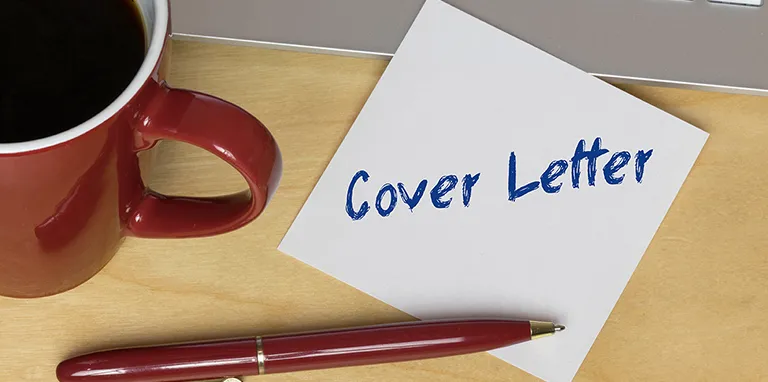What is a Board Application Cover Letter
A board application cover letter is a crucial document when applying for a position on a board of directors, whether it’s for a non-profit organization, a corporate entity, or any other type of board. It serves as your first introduction to the selection committee, providing an opportunity to highlight your qualifications, skills, and experience in a way that directly relates to the board’s needs and mission. Unlike a general cover letter, a board application cover letter is specifically tailored to address the unique requirements and expectations of the board in question. It is your chance to make a strong first impression and demonstrate why you are the ideal candidate to contribute to the board’s success. It is more than just a formality; it is a strategic tool designed to increase your chances of being selected. By crafting a compelling and tailored letter, you showcase your understanding of the board’s goals and your commitment to contributing to its strategic objectives. This document plays a critical role in conveying your suitability for the role and is carefully considered during the application process.
Key Components of a Board Application Cover Letter
A well-structured board application cover letter should contain several essential components to effectively communicate your qualifications and interest. Each section plays a vital role in presenting you as a viable candidate. These elements, when combined, create a cohesive and persuasive argument for why you are the perfect fit for the board position. Omitting any of these key components could weaken your application and reduce your chances of success. It’s important to meticulously include each element to increase the overall impact of your letter.
Your Contact Information
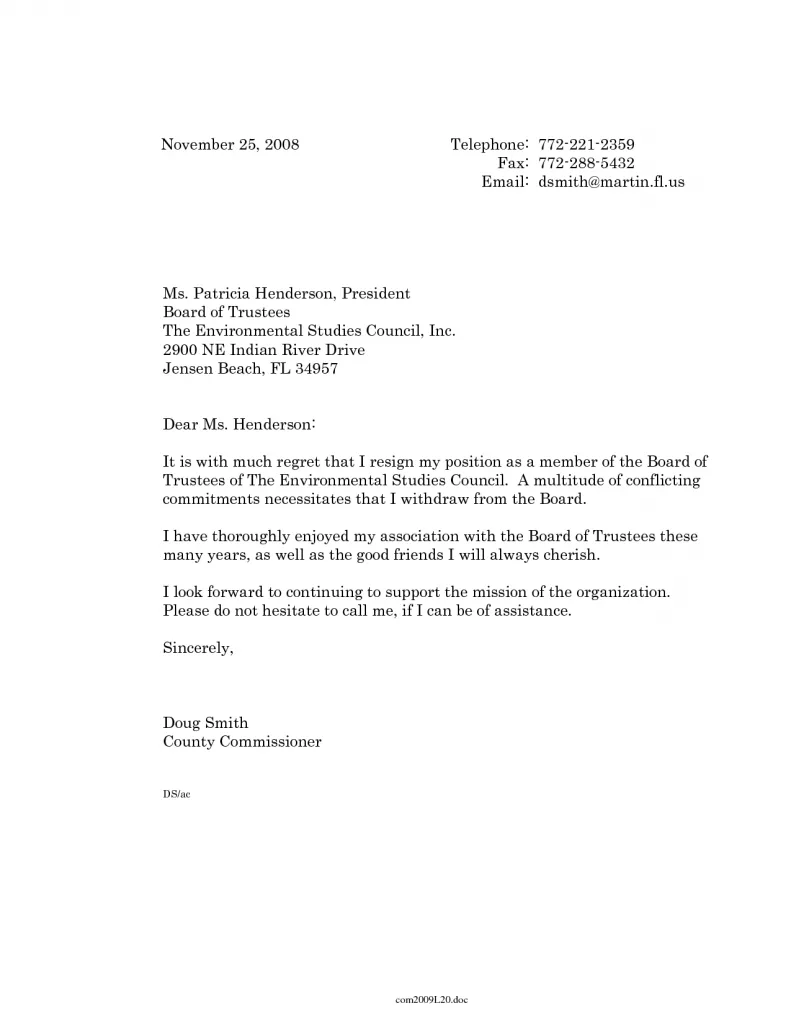
At the very top of your letter, include your full name, address, phone number, and email address. This ensures that the board members can easily reach you for further communication. Make sure that the contact information is up-to-date and professional.
The Date
Include the date you are sending the letter. This is a standard practice and helps with record-keeping.
Recipient Information
Address the letter to a specific person if possible. This demonstrates that you have done your research and are serious about the application. If a specific contact is not provided, address it to the Board Secretary, Hiring Committee, or another relevant title.
The Salutation
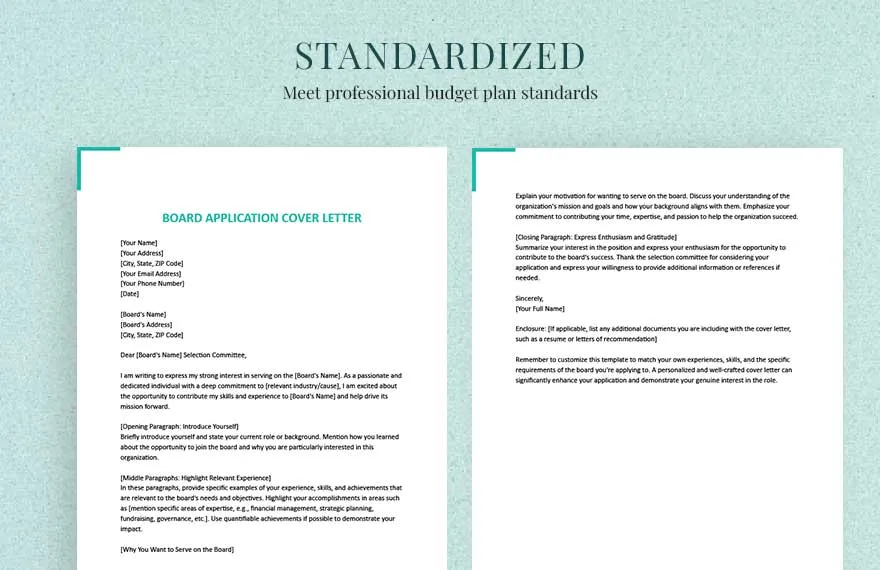
Use a formal salutation such as “Dear Mr./Ms./Mx. [Last Name]” or “Dear Members of the Board.” Avoid informal greetings unless specifically requested.
Highlight Your Skills and Experience
This section is the heart of your letter, where you demonstrate your suitability for the board position. It should clearly articulate your skills, experiences, and accomplishments that align with the board’s needs. This is where you provide compelling evidence of your ability to contribute to the board’s success. It is essential to select the most relevant experiences and highlight them to grab the reader’s attention.
Showcase Your Relevant Experience
Detail your past experiences, especially those that demonstrate leadership, strategic thinking, financial acumen, or other relevant skills. Provide specific examples of how you have contributed to the success of previous organizations or projects. Make sure to tailor this section to match the specific requirements or preferences of the board to which you are applying. Focus on experiences that align with the board’s mission and goals.
Quantify Your Achievements
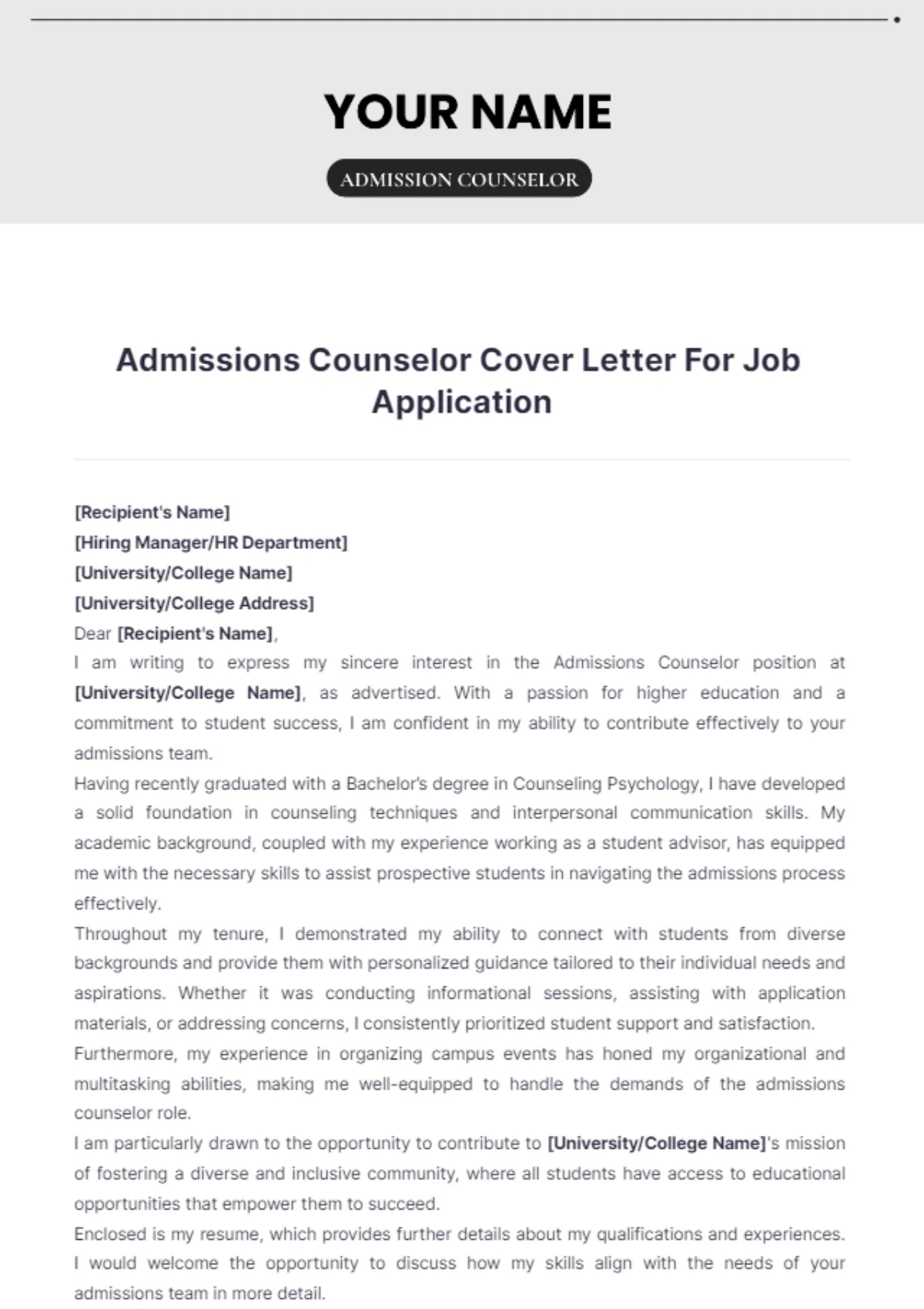
Whenever possible, quantify your achievements. Use numbers and data to illustrate the impact of your work. This could include things like the amount of money you helped raise, the percentage by which you increased efficiency, or the number of people you led. Quantification adds credibility and demonstrates the tangible value you can bring to the board.
Demonstrate Your Board Fit
Explain why your skills and experience make you a good fit for the specific board. This involves showing how your expertise aligns with the board’s current needs and strategic goals. Showcase how you can contribute to the board’s success. Highlight any relevant experience or skills. Show how your values align with the board’s mission and culture.
Express Your Understanding of the Board’s Mission
Show that you understand the board’s mission, values, and goals. Demonstrating this knowledge shows you have researched the organization and are genuinely interested in contributing to its success. Mention specific aspects of their mission that resonate with you and explain how you can help advance those goals. This shows a genuine interest that goes beyond just wanting a board position.
Why You Are Interested in the Position
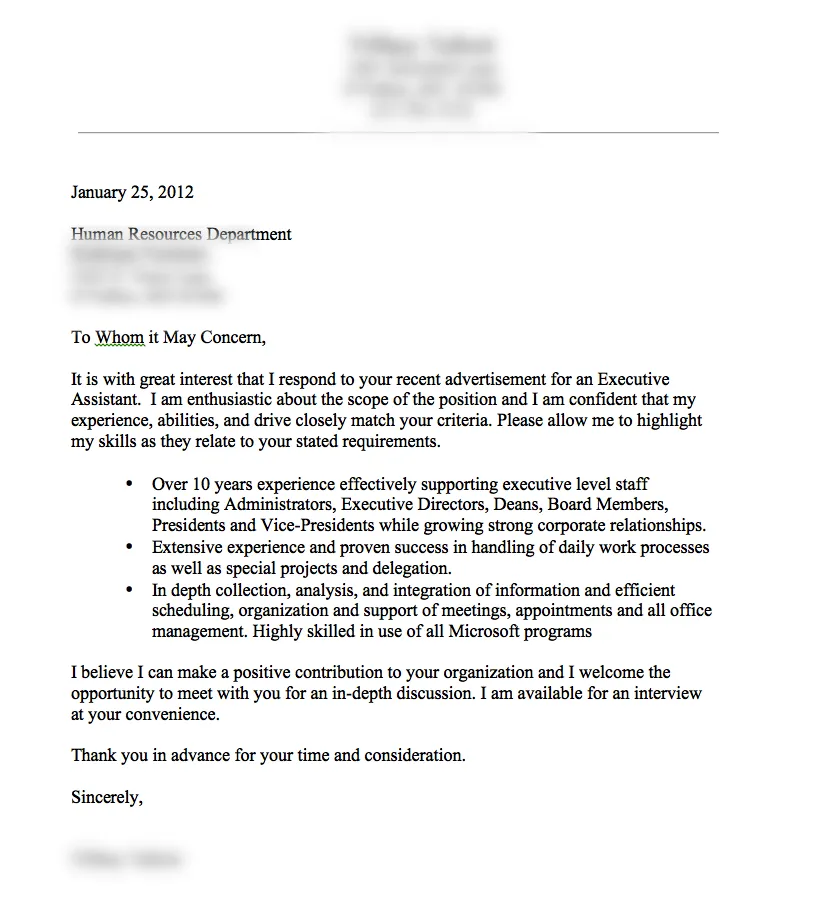
Clearly state why you are interested in serving on the board. Explain your motivations and what you hope to achieve. This could include your desire to give back to the community, use your skills to support a cause you believe in, or gain experience in a new field. Your genuine interest will show you are motivated.
Convey Your Enthusiasm and Commitment
Express your enthusiasm for the opportunity and your commitment to the board. Reiterate your dedication to the organization’s mission and your willingness to contribute your time and expertise. This shows that you are not only qualified but also eager to serve and make a difference. Your enthusiasm can set you apart from other candidates.
Closing the Cover Letter
The closing of your cover letter is as important as the introduction and body. It is your final opportunity to leave a positive impression and encourage the board to contact you. Make sure to include a strong and professional close that reinforces your interest and value to the board.
Formal Closing
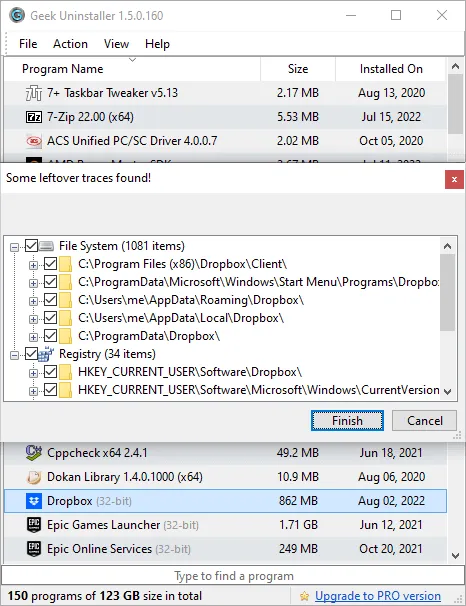
Use a professional closing such as “Sincerely,” “Respectfully,” or “Yours sincerely.” Avoid overly casual or informal closings. Ensure your closing aligns with the tone of your letter and the formality of the organization.
Signature
Type your full name after the closing. If you are submitting a physical copy, leave space for your handwritten signature above your typed name. This adds a personal touch and confirms the authenticity of your application.
Proofreading and Editing
Before submitting your cover letter, carefully proofread and edit it for any errors in grammar, spelling, and punctuation. Errors can undermine your credibility and suggest a lack of attention to detail. Ensure that your letter is polished and professional. Get a second pair of eyes to review your letter; this helps catch mistakes that you might have missed. A polished letter will enhance your credibility and reinforce your professionalism, increasing your chances of being selected.
Tips for Writing a Compelling Board Application Cover Letter
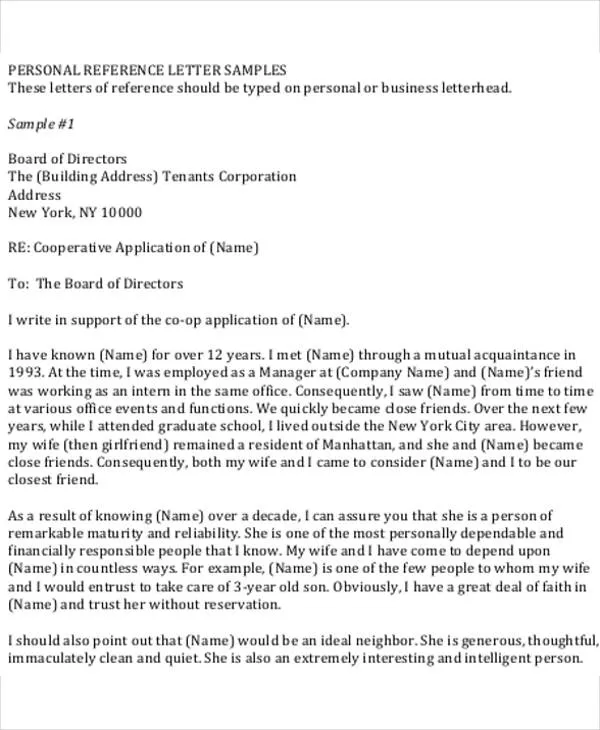
Writing a compelling board application cover letter involves several strategic considerations to ensure your application stands out. This section provides valuable insights and best practices to help you craft an effective cover letter. These tips are designed to help you highlight your best qualities and impress the selection committee. Implementing these suggestions can significantly increase your chances of securing a board position.
Tailor Your Letter to Each Board
Avoid using a generic cover letter. Customize each letter to the specific board and organization. This means researching the board’s mission, values, and current initiatives, and tailoring your letter to reflect your understanding and alignment with their goals. Customization shows you have taken the time to understand the organization. Highlight the specific skills and experiences that are most relevant to the board’s needs.
Research the Board and Its Members
Before writing your cover letter, thoroughly research the board and its members. This includes understanding their current initiatives, their strategic goals, and the specific skills they are seeking in new board members. Knowing the board members allows you to address the letter correctly and demonstrate your interest. This knowledge allows you to tailor your letter and show you understand the organization’s unique needs and objectives. It is important to do your research before writing your cover letter.
Keep It Concise and Focused
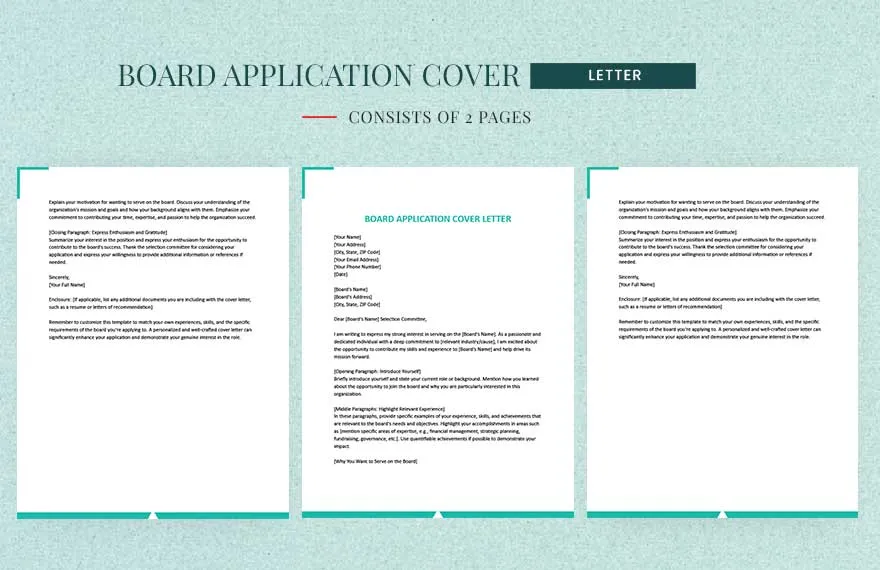
Keep your letter concise and focused. Board members are busy, so get to the point quickly. Use clear, straightforward language. Avoid lengthy paragraphs and unnecessary jargon. A well-structured and concise letter is more likely to hold the reader’s attention. Aim for a letter that is no more than one page in length, focusing on your most relevant qualifications and experiences.
Use Strong Action Verbs
Use strong action verbs to describe your accomplishments and skills. This makes your letter more dynamic and impactful. Action verbs bring your experiences to life and demonstrate your ability to take initiative and drive results. Use verbs like “led,” “managed,” “achieved,” “developed,” and “implemented.” (See image of action verbs)
Proofread Meticulously
Always proofread your cover letter carefully before submitting it. Errors in grammar, spelling, and punctuation can damage your credibility. Check for clarity and flow. Ask a friend or colleague to review your letter for any errors you might have missed. A polished and error-free letter reflects professionalism and attention to detail.
Best Practices for Formatting
Proper formatting is crucial for making your cover letter easy to read and visually appealing. A well-formatted letter shows that you pay attention to detail and respect the reader’s time. Consider factors such as font selection, margins, and file format to ensure your letter is presented professionally.
Font Selection
Choose a professional and easy-to-read font such as Times New Roman, Arial, or Calibri. Keep the font size between 11 and 12 points. Avoid using overly decorative or unusual fonts that can distract the reader. A clean, readable font enhances the overall professionalism of your letter.
Margins and Spacing
Use standard margins (1 inch on all sides) to provide ample white space. Use single spacing within paragraphs and double spacing between paragraphs. Proper spacing makes your letter easier to read and less overwhelming. This layout allows the reader to focus on the content.
File Format
Save your cover letter as a PDF file to ensure it maintains its formatting across different devices. PDFs prevent changes to the document. Include your name in the file name. This is particularly important if you are submitting the letter electronically. A PDF ensures your letter looks exactly as you intended.
